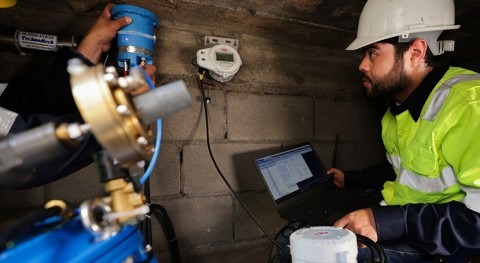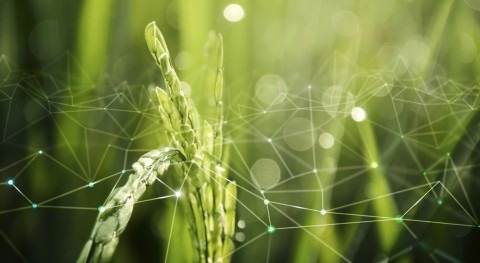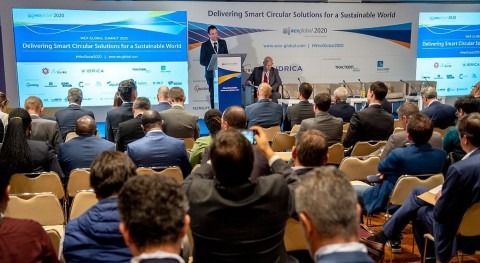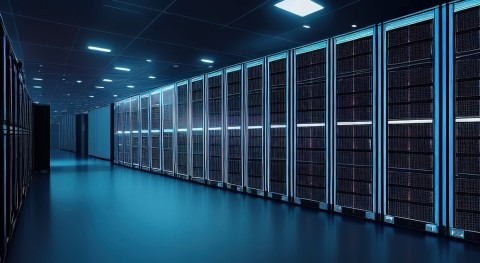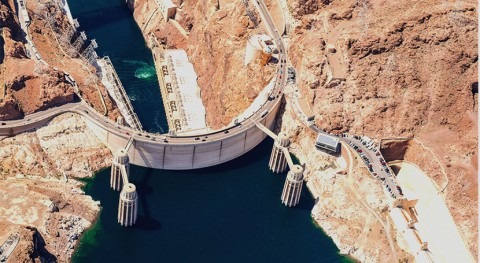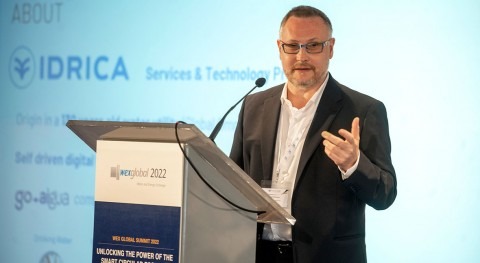2021 will be the year in which 5G will make its mark in terms of communications in all fields and applications. Thanks to its low latency and its ability to connect millions of devices in a small area, managers will experience increased capacity in autonomous infrastructure operation, remote driving and the use of real-time data.
Carlos Tejedor, Instrumentation & Smart Metering Specialist at Idrica, explains how 5G can help to manage water service infrastructure in the future.
Benefits of 5G in the water industry
4G enhanced the functionalities we already had. However, the arrival of 5G brings new business opportunities and added-value services, thanks to its low latency and its ability to connect millions of devices in a small area. In the water industry, autonomous infrastructure operation, remote driving and the use of data in real time will make a difference in 2021.
The first 5G pilots are already underway in different parts of the world. We know that in the future there will be an explosion in the number of sensors used in homes and cities. According to the consultancy firm Gartner, around 26 billion devices are expected to be connected by 2022. For this to be feasible, 5G is a must.
The main obstacles to overcome this year will be coverage levels and the ongoing reluctance to adopt this technology which, in any case, will not replace previous technologies, but rather complement them. 5G will be making a strong landing in 2021 on the inevitable path towards digital transformation.
1 - NB-IoT applied to smart metering
The application of NB-IoT technology is starting to produce excellent results in the water industry, mainly in the area of smart metering. Compared to more traditional solutions with proprietary protocols or LPWAN technologies, such as SigFox and Lora, NB-IoT uses the telephone operator's network coverage and requires SIM cards to operate.
Data transmission via NB-IoT is a very interesting option when there are not many SIM cards to be deployed, as their upkeep also has to be taken into account. Both the GSMA and the 3GPP standards association have adopted NB-IoT as part of the 5G family, thus ensuring it will have a relatively long future. Its main advantages for smart metering are its extended range, penetration and coverage, as well as more efficient battery management.
2 - MIoT (Massive IoT) and Critical IoT
The deployment of 5G opens up new horizons in all areas. In water utilities, Critical IoT or Industrial IoT will drive the efficient management of infrastructures thanks to the implementation of real-time decision-making algorithms. Autonomous plant operation and irrigation and driving robots via 5G will be commonplace in industry 4.0. and smart factories.
The disruption brought about by 5G will create new business opportunities and totally new professions. In comparison with the transition from 3G to 4G, 5G will not only improve current infrastructure management, but will also provide new functionalities. Business process data can be used in real time to improve decision-making.
By participating in the definition of the 5G ecosystem required by companies, the network will be able to adjust to each operator, enabling the creation of private networks. In addition, when dealing with critical infrastructure, this technology will guarantee the ubiquity of the network, i.e. uninterrupted coverage. In the past, companies had to adapt to the network. Now, it is the network that will adapt to the user's needs.
In relation to remote control, real-time drone surveillance is a very interesting application for the water industry, for example, for inspecting sewers and irrigation operations.
With increasingly sophisticated sensor technology, MIoT will ensure the coexistence of smart metering with the digital transformation of other meters and smart devices in homes and on the streets. One of the most important benefits offered by 5G is the ability to connect millions of devices in a small area.
3 - Edge computing
One of the advantages of 5G is its ability to merge with new technologies. Edge computing or cloud computing processes the data generated by devices closer to the source where it was originally processed. This seemingly minor issue reduces latency, lightens the load of traffic in the cloud and speeds up data analysis in real time. Compared to the long distances that our data currently has to travel, this new method of transmitting information opens up new perspectives across all sectors.
4 - Network slicing
Network customization, i.e. the creation of private networks tailored to the needs of each company, is now a reality. Network slicing guarantees a better quality, more reliable service. In the future, every facility will be able to have its own 5G node, which will provide a unique slice of the network, suited to its specific needs.
Idrica's Global Water Trends 2021 report provides a comprehensive list of trends for the industry, including this article on how 5G can help to manage water service infrastructure.





